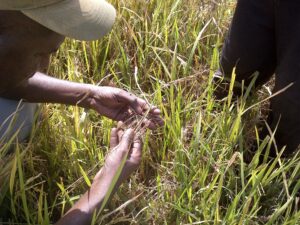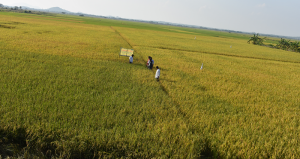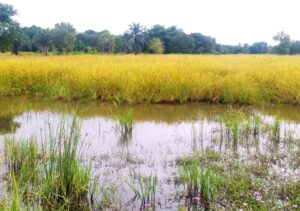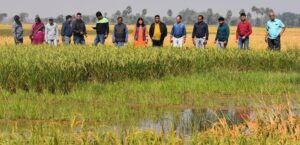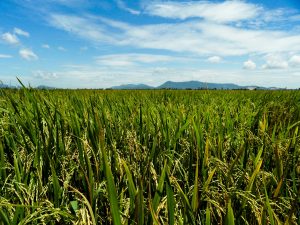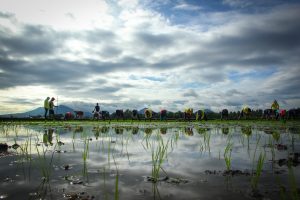
Rainfed lowland rice agroecosystems are characterized by fields that are flooded for at least part of the growing season, but that are not irrigated. Asia has about 46 million hectares of rainfed lowland rice, constituting almost 30% of the global rice area. Rice production in these ecosystems—often hampered by drought, submergence, and problem soils—is associated with low productivity, and with a high incidence of poverty.
Recent technological advances, such as the development of stress tolerant rice varieties and improved crop-management options, can help boost yields substantially. However, such benefits depend strongly on the quality and availability of natural resources, particularly soil and water. Here, we present maps that help characterize soil quality and soil-related constraints in rainfed lowland rice ecosystems (excluding deep water rice) in Asia.
We transformed the data of the Soil map of the world 3 by creating four soil quality groups.4 The first two groups—“good” and “poor” soils—do not have major soil chemical constraints but differ in their degree of weathering (the physical and chemical breakdown of soil over time) and, therefore, their indigenous soil fertility (the amount of nutrients the soil can supply). The third group—“very poor”—represents highly weathered soils that are likely to have multiple soil chemical constraints to crop growth (such as acidity, severe phosphorus deficiency, and iron and aluminum toxicities). The last group—“problem soils”—combines the most frequently cited soil problems, including acid-sulfate, peat, saline, and alkaline soils, which partly cause low fertility, and partly cause soil chemical toxicity.
________________________________________________________________________________


